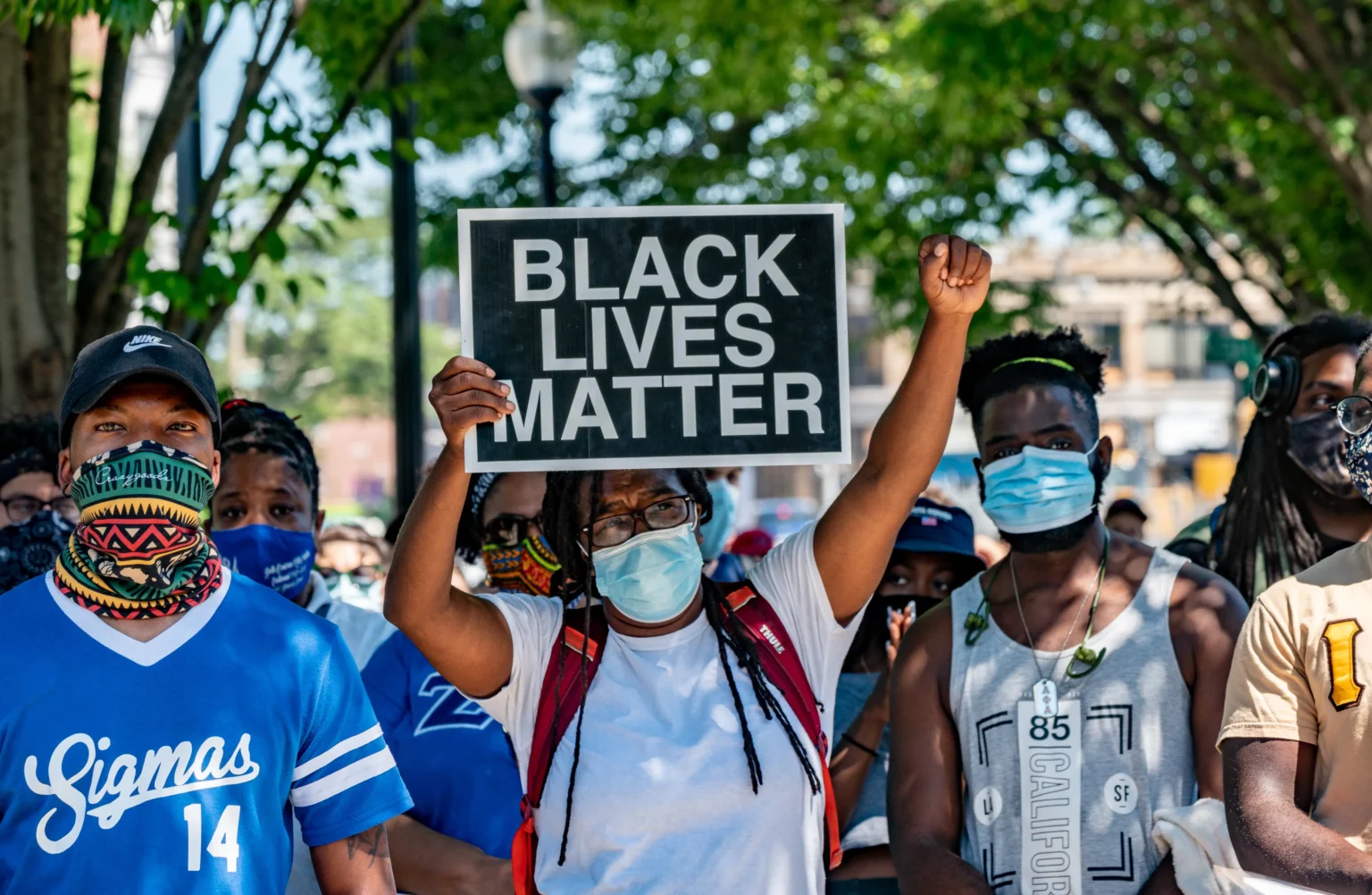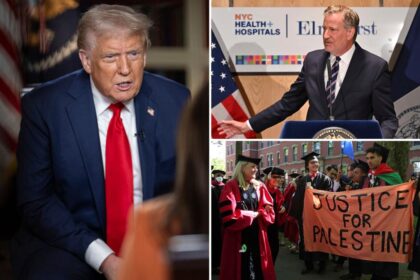BlackLivesMatter (BLM) movement continued to be one of the most influential social movements in the United States and beyond. The movement, which began in 2013 in response to the acquittal of George Zimmerman in the shooting death of Trayvon Martin, had evolved into a powerful force for racial justice, drawing attention to police brutality, systemic racism, and the disproportionate violence faced by Black individuals, particularly in relation to law enforcement. By 2017, the movement had sparked protests, inspired new political activism, and led to ongoing discussions about race and equality in the U.S.
The #BlackLivesMatter movement was built on the premise that Black lives are often undervalued by society, particularly in the context of law enforcement. In the years following its inception, the movement gained national prominence after a series of high-profile incidents involving police violence against Black individuals, such as the deaths of Eric Garner, Michael Brown, and Tamir Rice. These events spurred widespread protests, with demonstrators calling for an end to police brutality and for greater accountability within law enforcement agencies.
In 2017, the movement continued to grow in both scope and impact, as activists across the country continued to push for systemic change. The year saw several protests, particularly in response to incidents of police violence, including the fatal shooting of Stephon Clark in Sacramento, California. Clark, an unarmed Black man, was shot and killed by police officers while standing in his grandmother’s backyard. His death, coupled with the release of body cam footage that showed the officers firing into Clark’s back, sparked outrage and led to protests in Sacramento and across the nation.
The #BlackLivesMatter movement’s influence was not confined to protests. By 2017, it had successfully brought issues of racial inequality and police violence into the mainstream political discourse. Political leaders, policymakers, and public figures were increasingly pressured to address the systemic issues at the heart of the movement. The growing visibility of Black Lives Matter and its calls for police reform led to the introduction of various legislative proposals aimed at increasing police accountability, such as efforts to ban chokeholds and improve the transparency of police departments.
The movement also inspired a new generation of political activism, particularly among young Black people and allies from different racial backgrounds. BLM chapters across the country and around the world began organizing rallies, town halls, and forums that focused not only on police brutality but also on issues such as economic inequality, access to education, and healthcare. The movement became a platform for a broader vision of racial and social justice, with calls for economic and policy changes that would help address the root causes of systemic racism.
Globally, the #BlackLivesMatter movement resonated with people outside the United States, inspiring similar protests and social movements in other countries. In the UK, for instance, the movement gained traction in response to incidents of police brutality and racial inequality within the British criminal justice system. Protests were organized in solidarity with Black Lives Matter, highlighting the shared experiences of Black communities across the globe. From Canada to Brazil, people took to the streets to show support for the movement and to demand justice for Black individuals who had been victims of police violence.
In addition to its grassroots activism, #BlackLivesMatter had an outsized presence on social media, where the movement grew its influence through hashtags, viral videos, and online campaigns. Social media platforms like Twitter, Facebook, and Instagram became key tools for organizing protests, sharing stories, and keeping the public informed about incidents of police violence and racial injustice. These platforms allowed the movement to reach a global audience and amplify voices that had been marginalized in mainstream media.
One of the defining characteristics of the #BlackLivesMatter movement was its decentralized nature. Unlike traditional civil rights movements, which were often led by a single charismatic leader or organization, BLM was a collective of activists, local chapters, and community organizers, all working toward the shared goal of racial justice. The movement’s leaders and activists, including Alicia Garza, Patrisse Cullors, and Opal Tometi, emphasized that it was about the collective work of communities, rather than any one individual. This model of decentralized leadership allowed for a diversity of voices and perspectives to shape the movement, making it more adaptable and inclusive.
In 2017, the movement also intersected with other social justice causes, such as the #MeToo movement, which was gaining momentum as more women came forward to speak out against sexual harassment and assault. Many BLM activists, particularly women of color, pointed out the intersectionality of their struggles, recognizing that racism, sexism, and other forms of oppression were deeply connected. The movement highlighted the ways in which Black women and girls were disproportionately affected by both police violence and gender-based violence, drawing attention to the specific challenges faced by women of color in their fight for justice.
Despite the growing momentum of the #BlackLivesMatter movement, it faced significant challenges, particularly from political opponents and conservative media outlets. The movement was often misrepresented and criticized, with detractors arguing that it promoted violence or division. Some critics even suggested that the movement’s calls for police reform were an attack on law enforcement. In response, BLM activists consistently emphasized their commitment to nonviolent protest and peaceful resistance, insisting that the movement’s goal was not to incite division but to demand justice and equality for all people.
By the end of 2017, the #BlackLivesMatter movement had solidified its place as one of the most important social justice movements of the 21st century. It had brought issues of racial inequality, police violence, and justice reform into the public spotlight and sparked important conversations about the ways in which race and power function in society. The movement’s success in challenging the status quo and inspiring a new wave of activism paved the way for further social movements and continues to shape the landscape of American politics and culture.






